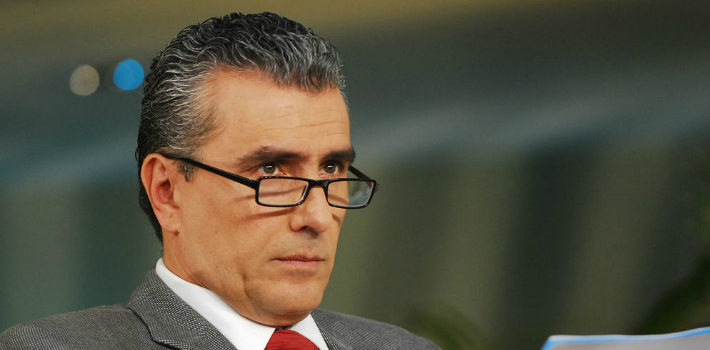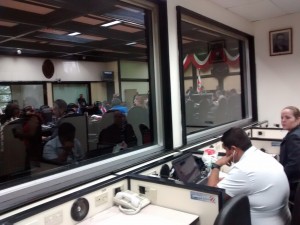
EspañolWednesday is a slow day at the Legislative Palace in San José, Costa Rica. Security officers welcome me as they check my bag holding my computer and recorder. Seconds later, I’m walking past the offices of congressmen and advisers surrounded by colonial architecture and palm trees.
I traveled all the way up from Buenos Aires to meet Natalia Díaz and Otto Guevara from the Libertarian Movement, who sit in the country’s unicameral Legislative Assembly and, I dare say, are the only libertarian congressmen in all of Latin America.
But how did a libertarian party manage to secure two of the 57 seats in the country’s parliament? And why is this the only case in the region? Do Costa Ricans have some innate impulse for liberty?
Guevara sighs as he reminisces on the beginnings of the Libertarian Movement in Costa Rica. “It was not simple.” He tells me that when he founded the party back in 1994, along with two other people, the electorate wasn’t entirely socialist. Voters were of a more social-democrat bent.

“We seek to unabashedly defend the ideas of liberty, head on,” he says.
Guevara relaxes because he knows I’m an ally, but then I ask him about same-sex marriage.
“Why haven’t you introduced a bill to legalize same-sex marriage yet?”
It soon became clear that this is not an issue the libertarian congressman is looking to take up any time soon.
“If I were to bring this issue to Congress, lawmakers would stop everything for a whole year just to discuss it. The streets would be gripped by the debate while we still have so many structural problems to address like our fiscal deficit, unemployment, economic stimulus, shutting down state programs, and splitting up monopolies,” he argues.
Even though Guevara has been in Congress since 1998, he says short terms don’t allow lawmakers to push for such campaigns. He tells me that he doesn’t want to “wear himself down” when there are still many other reforms to be accomplished before they can begin a discussion on same-sex marriage.
As for why libertarians have risen to prominence in Costa Rica, Guevara believes the press has had a lot to do with the Libertarian Movement’s rapid growth. Unlike other libertarian politicians in Latin American, one thing he doesn’t lack is media attention.
“I was saying something different,” Guevara says about his rise to fame.
He also believes the ideas of liberty resonate among young Costa Ricans. “They are more individualistic. [For instance], they mark their bodies with tattoos. That means they value their decisions, which is what makes one happy. They seek to uphold the right to choose on all policy issues.”
[adrotate group=”8″]
As for Natalia Díaz, she begins by telling me outright that she was once “very red.”
“Red as in communist or socialist Chavista?” I ask her, a bit shocked.
She smiles. “We stole the color red from the communists,” one of Guevara’s advisers chimes in.
Díaz is young, beautiful, and elegant. She looks radiant and proud to hold a position in Congress. She is the embodiment of libertarian ideals, and living proof that they can eventually influence policy.
“In the Libertarian Movement, we believe in less state intervention, and that the individual should decide what is best for him. No one can impose on others what they should do. We believe in lower taxes. Hopefully, we will have lower taxes to attract more companies and investors to our country,” she tells me.
Diaz says they’re trying to offer practical applications of libertarian theory. “Right now, we are at odds with the increasing fiscal deficit in Costa Rica. Next year, it is expected to rise to 6.9 percent of GDP. That is a pretty high deficit.”
“So what is the recipe, then, to reduce the deficit without igniting the country in protest?” I ask her.
“We believe that most expenditures should be cut. There is a concern with excessive, disproportionate salaries in the public sector. State employees earn three times more than private-sector employees. This is unsustainable in the long term,” she explains.
The Legislative Assembly in Costa Rica is not as ostentatious as others in South America. It does, however, have its own unique features: portraits of Ayn Rand, Milton Friedman, and even a photograph of the Statue of Liberty adorn the offices of some of its officials.
 Versión Español
Versión Español












